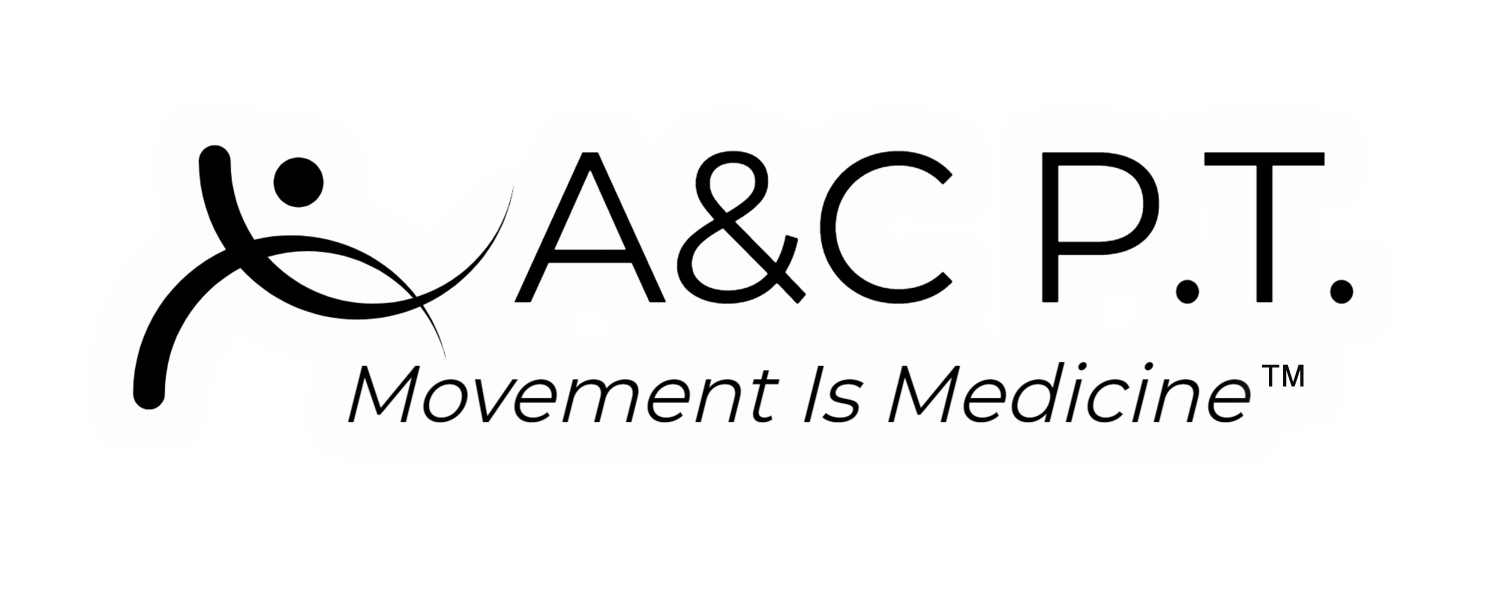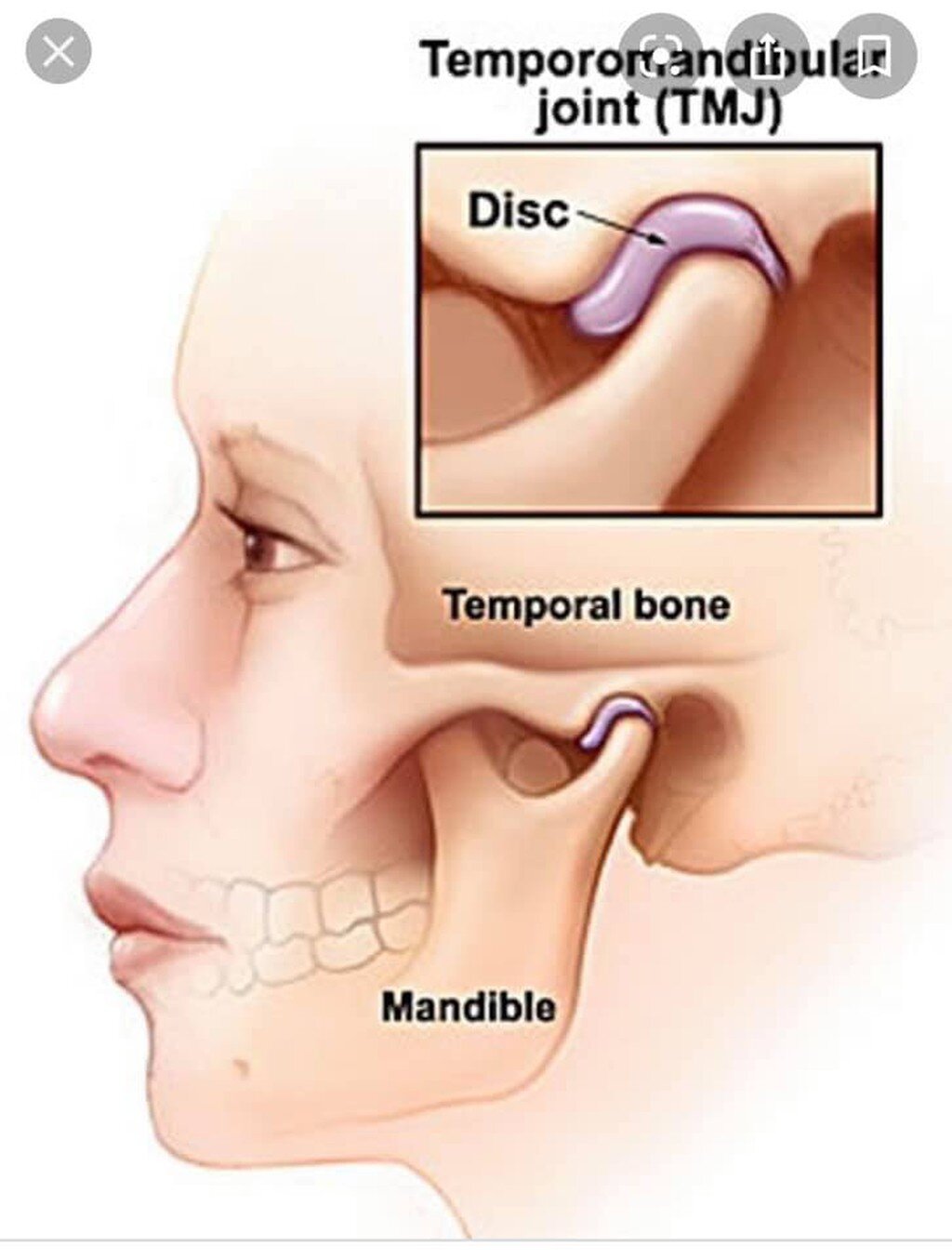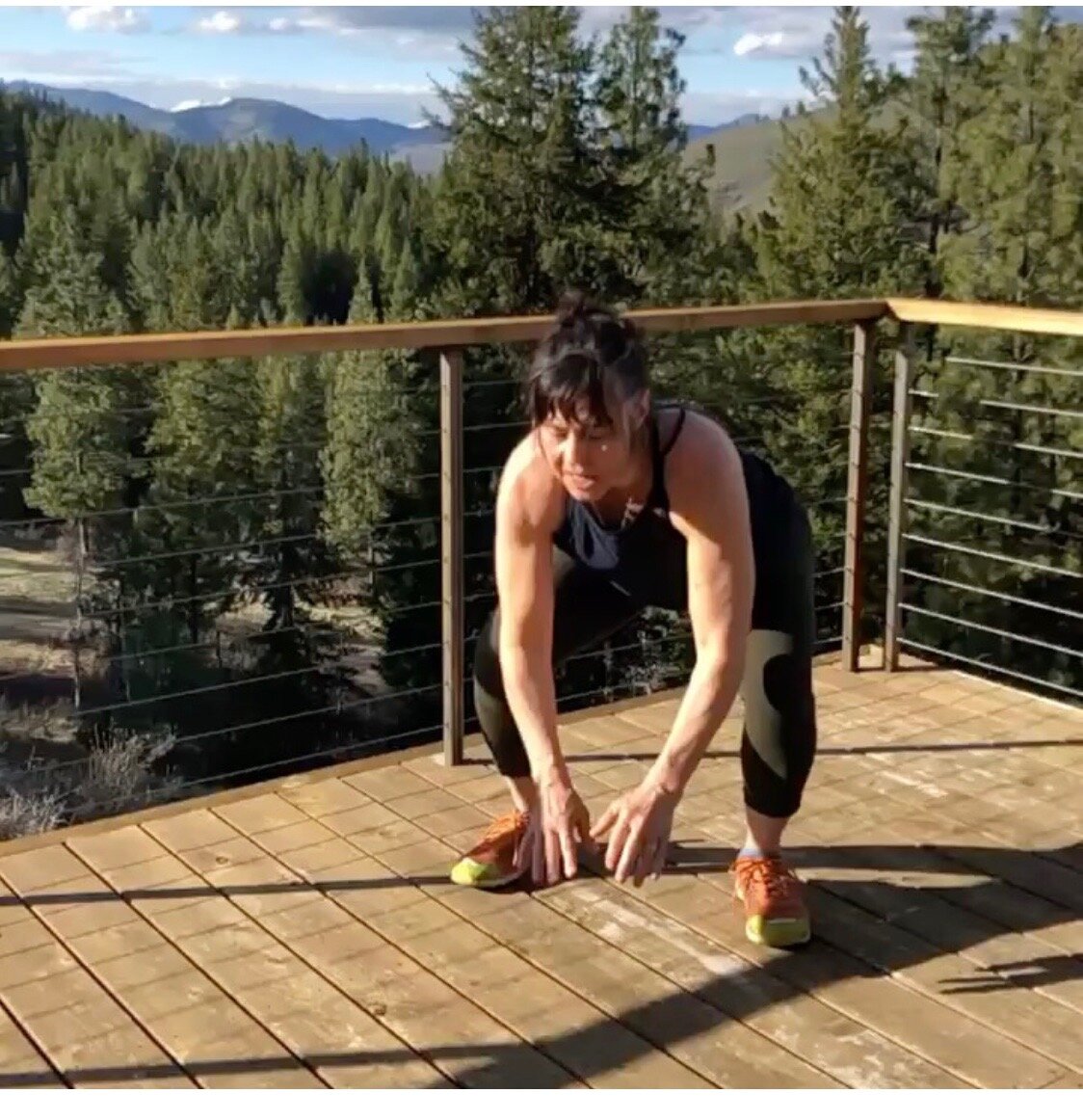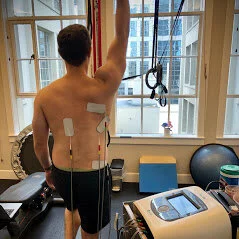As a physical therapist I think about sleeping position with my patients a lot. Besides patients possibly sitting/standing for 8-12 hours a day, they are also sleeping for 6-9 hours a night. I feel that a patient’s sleeping position could be the best thing or the worst thing for them, contributing to their pain. So, what is the best sleeping position for a human?
There are 4 things we know about sleeping and the musculoskeletal system:
(1) Sleeping on a firmer mattress or futon supports the body and its joints better than a softer mattress. Let’s face it, humans have gotten pretty wimpy with their sleeping arrangements and cushy mattresses. If you have gotten used to your pillow top mattresses, you may need to think about reintroducing a firm mattress to help your joints in the big picture. It takes about 90 days to move from soft to firm and sometimes longer.
(2) Using a very thin pillow or no pillow is better for the head and neck position if a person has full neck mobility. If a patient has the “forward head posture”, (see picture) this will be difficult but decreasing pillow height gradually over time could be a good way to improve head/neck mobility.
(3) Sleeping on your back on a firm mattress and thin pillow is the best position for healing, and the least amount of stress on your joints. I have lots of patients tell me that they can’t sleep on their back because they snore. Snoring is not normal and is probably a result of sleep apnea or a nasal obstruction. These patients should see an MD about having a sleep study or assessment of their sinuses.
(4) Sleeping on your side is the second best, but lots of room to have your body in poor sleeping positions. If a patient tells me that they can only sleep on their side, I would rather they get the sleep for health. Our goal in PT would be to work on the impairments that may prevent sleeping on the back or in poor side sleeping positions.
The last thing I would like to mention is stomach sleeping. It is true that I do have some neck and back pain patients that are stomach sleepers. I was taught in school and it always made sense to me that this sleeping position was a contributing factor to their pain. But is it?
I recently heard a podcast with a health professional discussing this and he believes that stomach sleeping is good for humans as it’s a primitive sleeping posture. He believes that sleeping with your head turned improves neck range of motion and that our hip flexors in the front get stretched out to combat our all day sitting postures. I thought this was a different take on this long thought sleeping position, and I have yet to decide if I agree.













